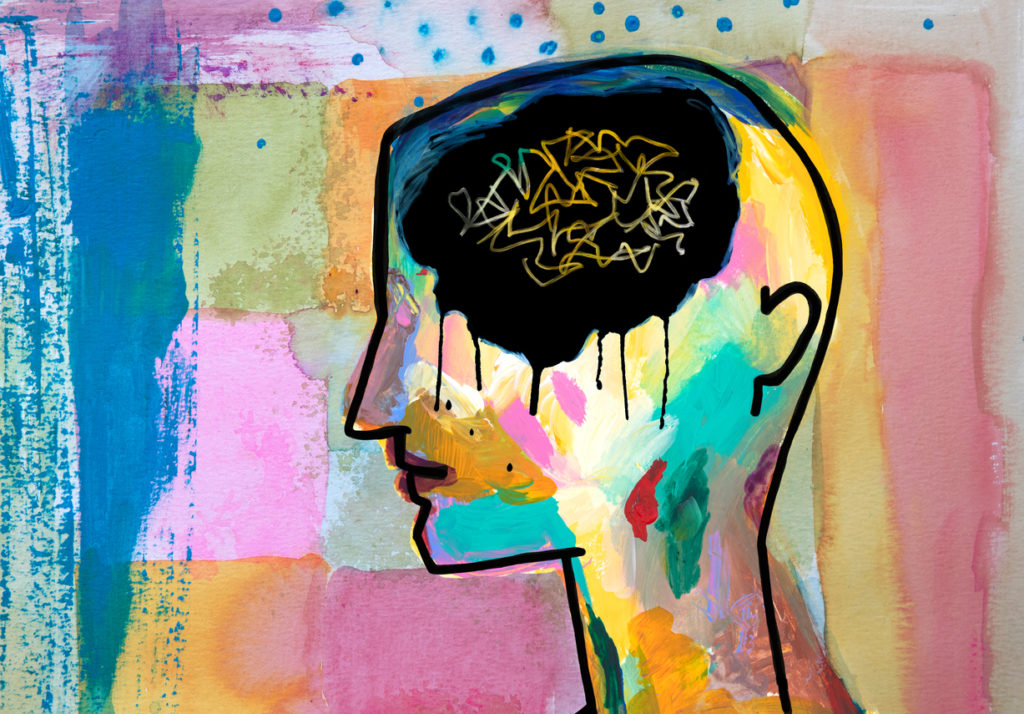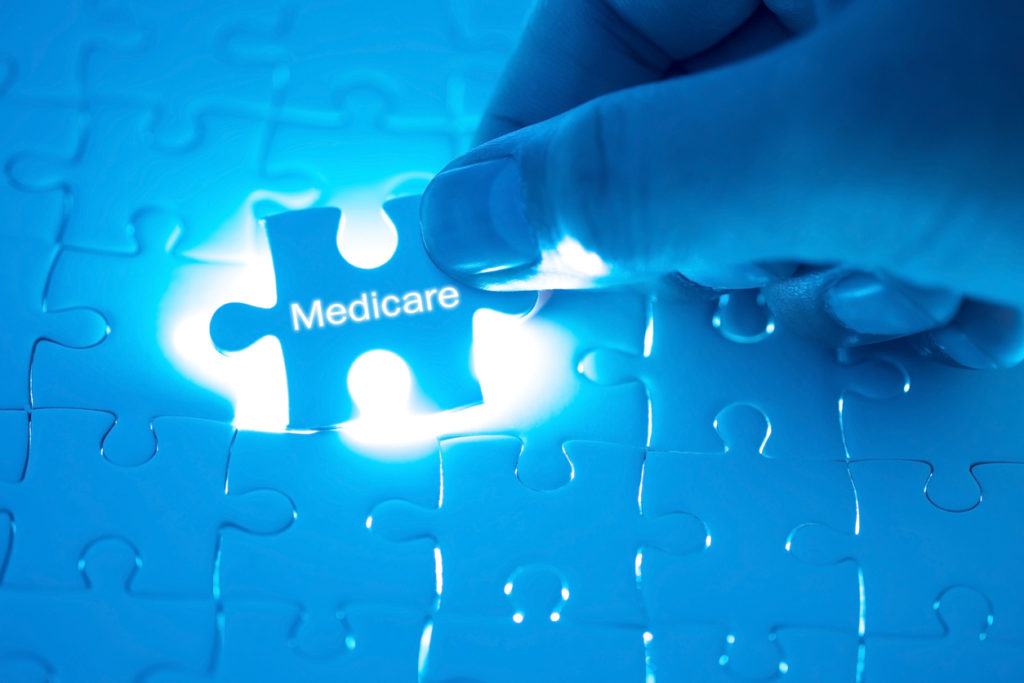This study uses positron emission tomography (PET) scanning to study how serotonin works in alcoholics. Serotonin is a chemical that allows brain cells to communicate. There is evidence that people with alcoholism have altered serotonin; their brains begin to make and break down serotonin more slowly than people who do not drink. PET scans use radioactive substances injected into the body. A special camera detects the radiation emitted by the radioactive fluid and a computer processes the radioactivity into images of the brain, which show the activity of brain chemicals like serotonin.
Official Title
Effects of Acute Plasma Tryptophan Depletion on Serotonin Receptor Occupancy and Binding Affinity using PET in Healthy and Alcoholic Human Subjects
Conditions
– Alcoholism
Study Type
Observational
Study Design
Natural History
Further Details
People with alcohol dependency may participate in this study. Candidates are screened with a medical history, including questions about alcohol and drug use, physical examination, blood tests, breath alcohol tests, electrocardiogram (ECG), urine test for illicit drugs and, for women, a pregnancy test, and a stool test for hidden blood. They also undergo magnetic resonance imaging (MRI) scan of the brain and complete questionnaires on their alcohol and drug history. Participants undergo the following tests and procedures:- Diet low in tryptophan. Tryptophan is an amino acid from which serotonin is made.- Brain MRI before starting the study to make sure brain structure is normal.- Lumbar puncture (spinal tap) to collect a small sample of cerebrospinal fluid (CSF). A local anesthetic is given and a needle is inserted in the space between the bones (vertebrae) in the lower back. About 2 tablespoons of fluid is collected through the needle. – Arterial catheter (plastic tube) placed in an artery in the wrist area for drawing blood samples. The skin is numbed with a local anesthetic for placement of the catheter. – Intravenous (IV) catheter placed in a vein for injecting the radioactive isotope used in the PET scan.- Two PET scans – baseline and active.- Amino acid drink (orange flavored) before the active PET scan. The drink lowers tryptophan levels.- Amino acid capsules – 23 amino acid capsules are taken with the orange drink.- Genetic analysis to help understand serotonin and alcoholism. A blood sample is collected for DNA testing and possibly establishment of a cell line (collection of cells that are grown in the laboratory from an original tissue specimen) for other genetic studies. Patients are admitted to the intensive care unit for the lumbar puncture and arterial line procedures. After these procedures are complete, the patient is transferred by stretcher to the PET suite for scanning. During the two scans, blood samples are drawn from the artery and a small amount of CSF is collected each hour of the study. Each PET scanning session lasts about 3 hours. The study lasts 36 hours, during which time the subject remains in bed. This research concerns the study of serotonin (5-HT) synthesis, metabolism (turnover), and release. We hypothesize that neuronal 5-HT turnover and release is altered in alcoholic individuals, and that this plays a role in alcohol seeking behavior. We wish to determine the following: a) Whether there are differences in 5-HT turnover and release in alcoholics compared to healthy research comparison participants, before and after Acute Tryptophan Depletion (ATD); b) Whether putative differences in 5-HT turnover are governed primarily by genetic variation in the 5-HT transporter (5-HTT) in alcoholics; c) Whether 5-HTT genetic variation correlates with [(18) F]-FCWAY/5-HT(1A), binding, and cerebrospinal fluid (CSF) 5-Hydroxyindoleacetic acid (5-HIAA) concentration, before and after ATD; and, d) If regional cerebral blood flow (rCBF) differs at baseline and after ATD in alcoholics and healthy research comparison participants. To investigate the underlying biochemistry of 5-HT neurometabolism, we will use two experimental strategies, Acute Tryptophan (TRP) Depletion (ATD) and positron emission tomography (PET) imaging, to investigate 5-HT neurochemistry. We will deplete plasma TRP, using ATD, while simultaneously collecting CSF 5-HIAA and performing intermittent plasma sampling via indwelling catheters. TRP is the amino acid (AA) precursor needed for 5-HT synthesis. 5-HIAA is the principal metabolite of 5-HT. It is a neurochemical marker of neuronal 5-HT metabolism. PET will allow indirect measurements of synaptic 5-HT concentration by measuring binding of [(18)F]-FCWAY, a 5-HT (1A)-receptor antagonist. rCBF will be measured with [(15)O]-water imaging. Studies will be performed before and after ATD. Individuals will be genotyped for the 5-HT transporter (5-HTT). Plasma TRP and Large Neutral Amino Acids (LNAAs), and CSF TRP and 5-HIAA concentrations will be measured using High Performance Liquid Chromatography (HPLC).
Study Start
Eligibility & Criteria
Genders Eligible for Study: Both Accepts Healthy VolunteersCriteria INCLUSION CRITERIA:Patients who have met standard DSM-IV R criteria for alcohol dependence and limited number psychiatric conditions that characterize patients with mood disorders that are difficult to separate from their alcohol use.Age and sex matched healthy research comparison participants. The healthy research comparison participants need to be free of medical, neurological, and psychiatric illness. They should be medication free at the time of study. They should not meet criteria for alcohol or substance abuse, and cannot have a history of such use placing them in questionable diagnostic categories.The age range of study participants is from 18 to 65 years.Subjects from a diverse racial, ethnic, and gender backgrounds will be included in the study. This is because alcohol dependence manifests itself differently in different racial and gender groups.EXCLUSION CRITERIA:Significant medical problems, e.g., active GI bleed, cancer, active hepatitis B infection or other medical diseases associated with liver pathology other than hepatitis C or alcoholism (e.g. Hemochromatosis).Other psychiatric illnesses represent diagnostic categories not eligible for this study. Examples of these include Major Depressive Disorder, Bipolar Disorder, acute or chronic psychotic illness (e.g. Schizophrenia), and Substance Induced Mood Disorders (i.e. secondary to illicit drug dependence; e.g. heroin, cocaine, crack, PCP, and other illicit substances that affect brain function).Intravenous drug use within the past three months.Drug or medication use, strongly associated with liver dysfunction, CNS effects, or impaired GI absorption (e.g. high doses of acetaminophen, neuroleptic medications, and narcotic medications).History of significant GI surgery (e.g. Roux en Y procedure, partial gastrectomy), which would interfere with normal GI absorption of dietary constituents.Coagulation defects or lack of dual circulation.Severe iron deficiency anemia, marked low hematocrit or hemoglobin.Pregnancy: a positive pregnancy test will preclude further participation in this protocol.Inability to give a clinical history or informed consent.Positive human immunodeficiency virus (HIV) diagnosis: patients with positive HIV status/AIDS will be excluded form the study.Individuals may be excluded from entering the study at the discretion of the Principal Investigator, Dr. Williams, based on his clinical judgment.Participants who have had an adverse reaction that mimics any of the anticipated adverse events in response to a pharmacological challenge study or to a prescribed medication.Cranial mass.
Total Enrolment
80
Contact Details
[1] National Institute on Alcohol Abuse and Alcoholism (NIAAA) (US)All content and media on the HealthEngine Blog is created and published online for informational purposes only. It is not intended to be a substitute for professional medical advice and should not be relied on as health or personal advice. Always seek the guidance of your doctor or other qualified health professional with any questions you may have regarding your health or a medical condition. Never disregard the advice of a medical professional, or delay in seeking it because of something you have read on this Website. If you think you may have a medical emergency, call your doctor, go to the nearest hospital emergency department, or call the emergency services immediately.







